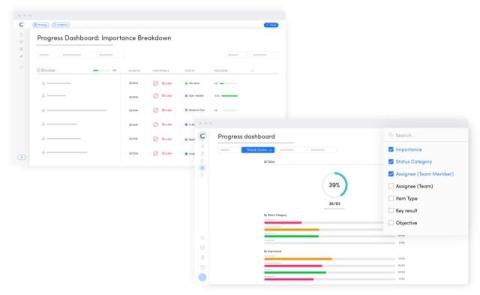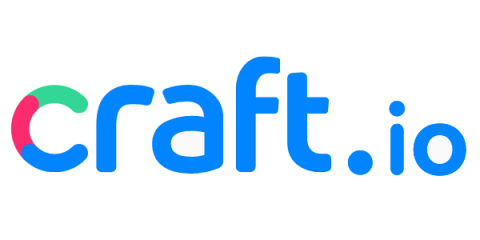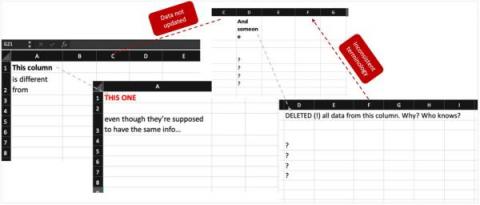Teams | Collaboration | Customer Service | Project Management
Latest Posts
Best Practices for Tracking Product Development Progress
Introducing the Craft.io Progress Dashboard
Enhance Your Product Portfolio Management with the Craft.io Progress Dashboard
Achieving Cross-Team Alignment: Best Practices for Synchronizing OKRs
How to Prioritize Your OKRs
Product Management Trends for 2024
Craft.io Now Integrates with Lucidchart
More than any other software tool you’ll find, Craft.io can help your organization centralize your product content companywide in a seamless, end-to-end environment. The native Craft.io platform provides intuitive tools that connect roadmapping, backlog management, prioritization, feedback analysis, dependencies management, capacity planning, and other key workflows.
Product Leaders: Here's Why Spreadsheets Are Undermining Your Product Management Efforts!
Under the right circumstances and when used for their intended purposes, spreadsheets are among the most useful and impressive software tools ever developed. So, let’s get that out of the way upfront — we at Craft.io aren’t spreadsheet haters or skeptics. #GoSpreadsheets! In fact, we use them internally to build and manage our business. We just don’t use spreadsheets for our product work. Because… time and place.
Shift Your Company to a Product Mindset (Webinar Video Included)
For many businesses selling SaaS software and other modern tech solutions, the product mindset is built right into the corporate culture. But companies in older industries, such as bricks-and-mortar retail stores, have yet to embrace the product mindset – or, in many cases, even the product management role in general.










